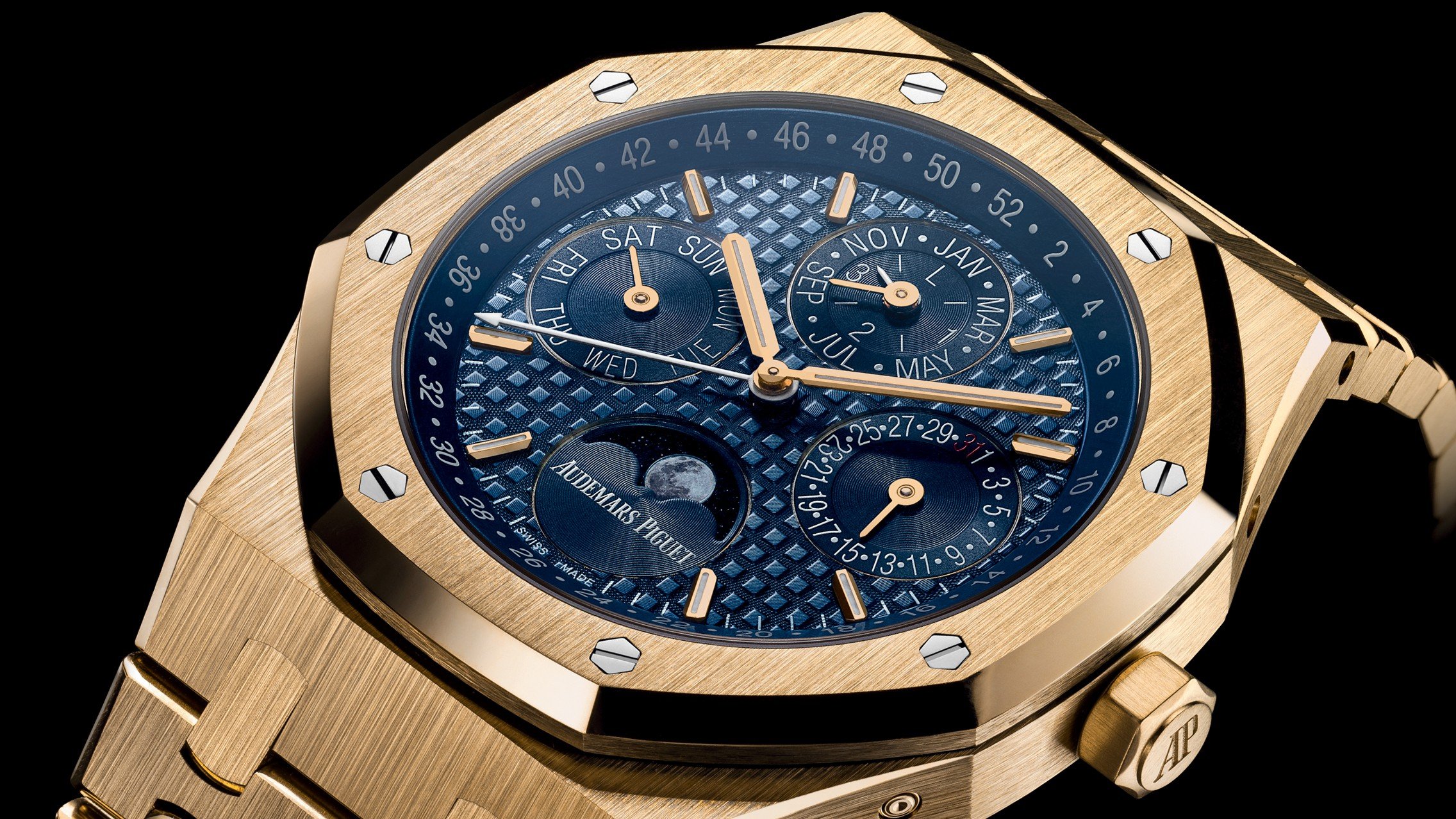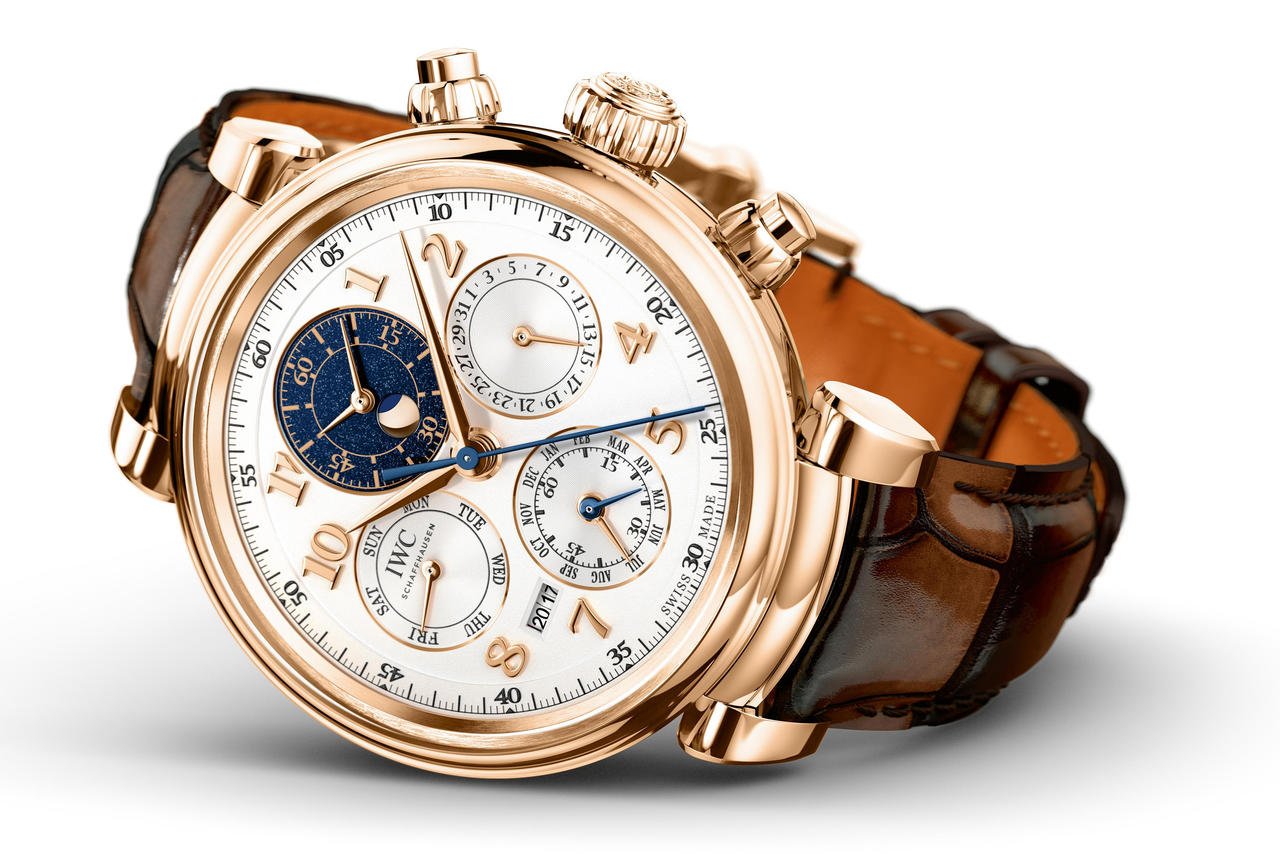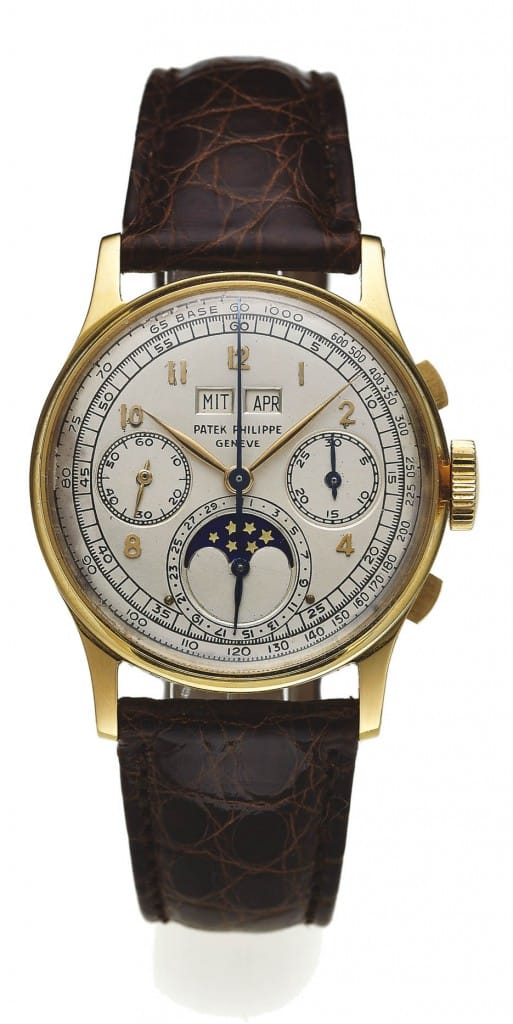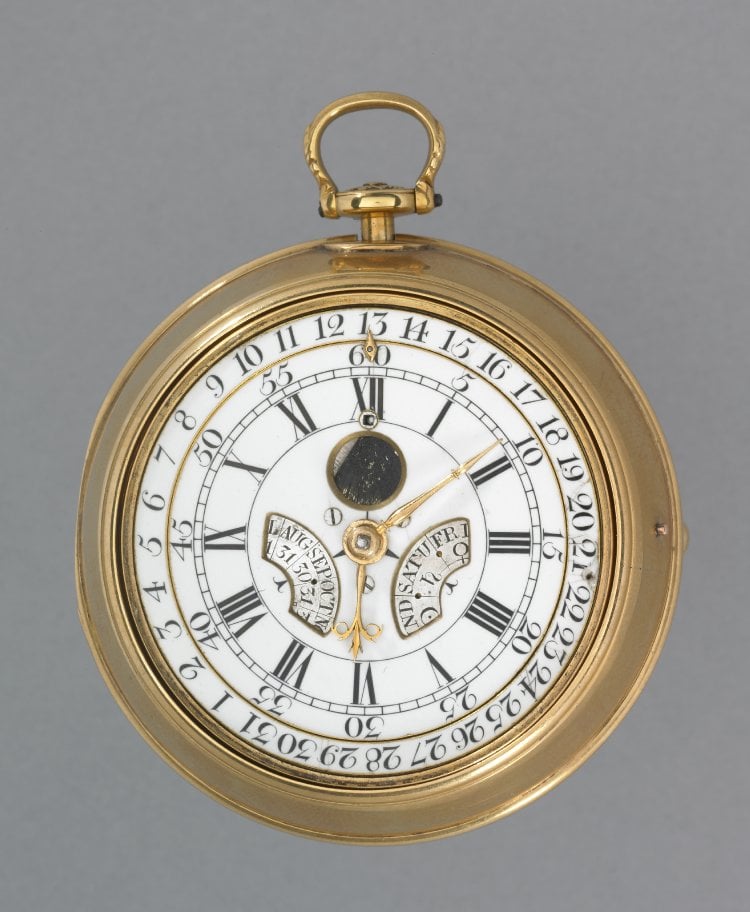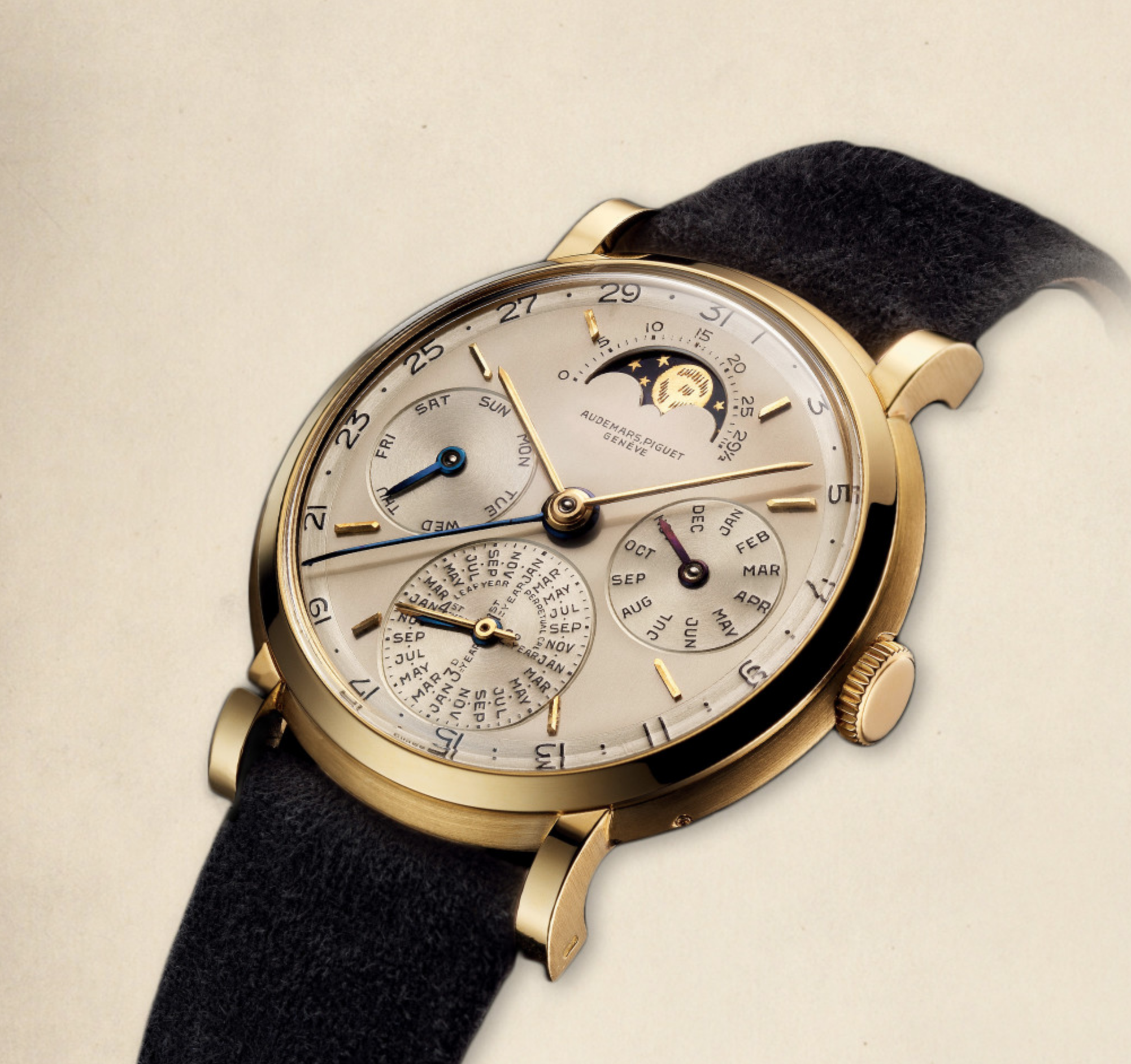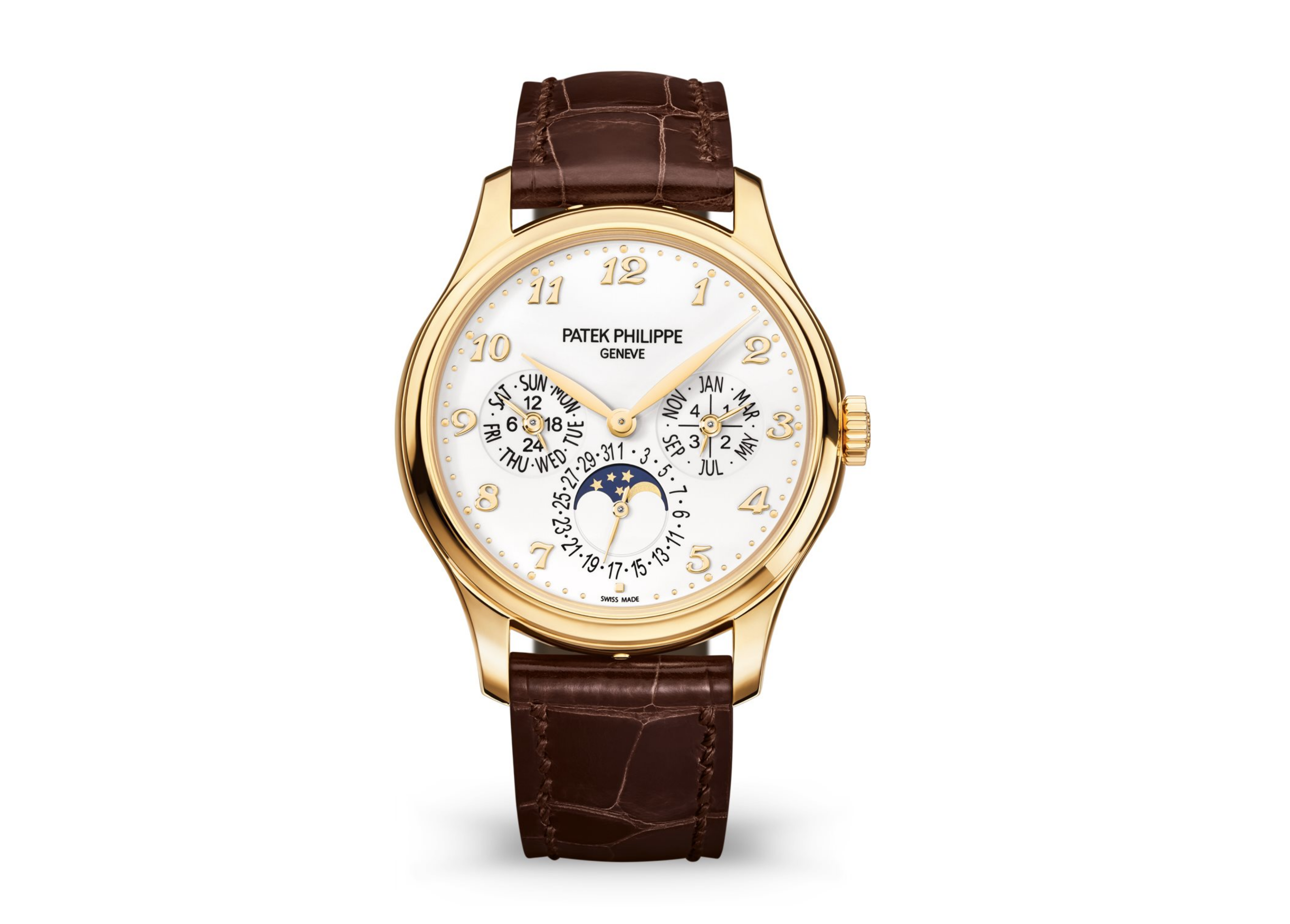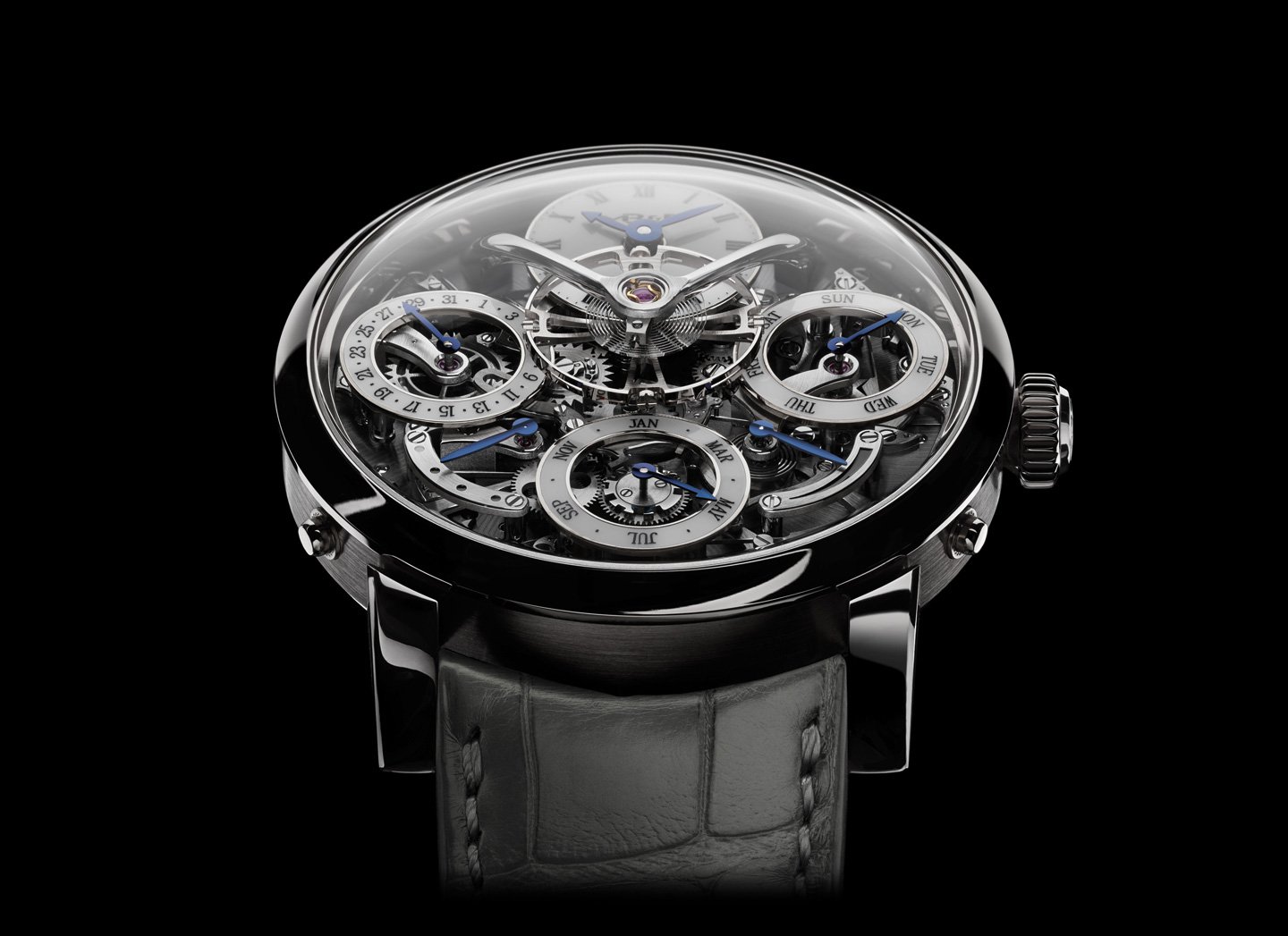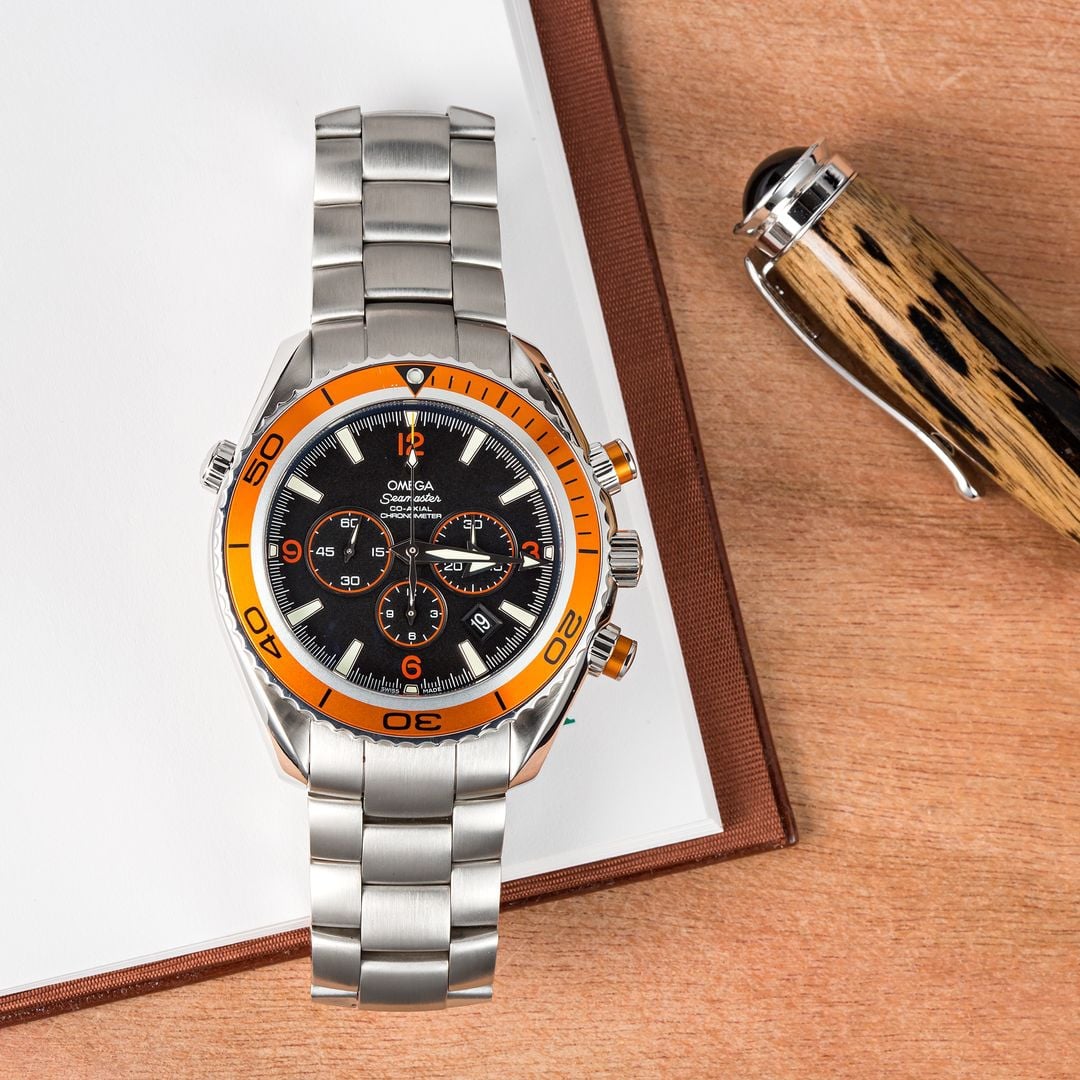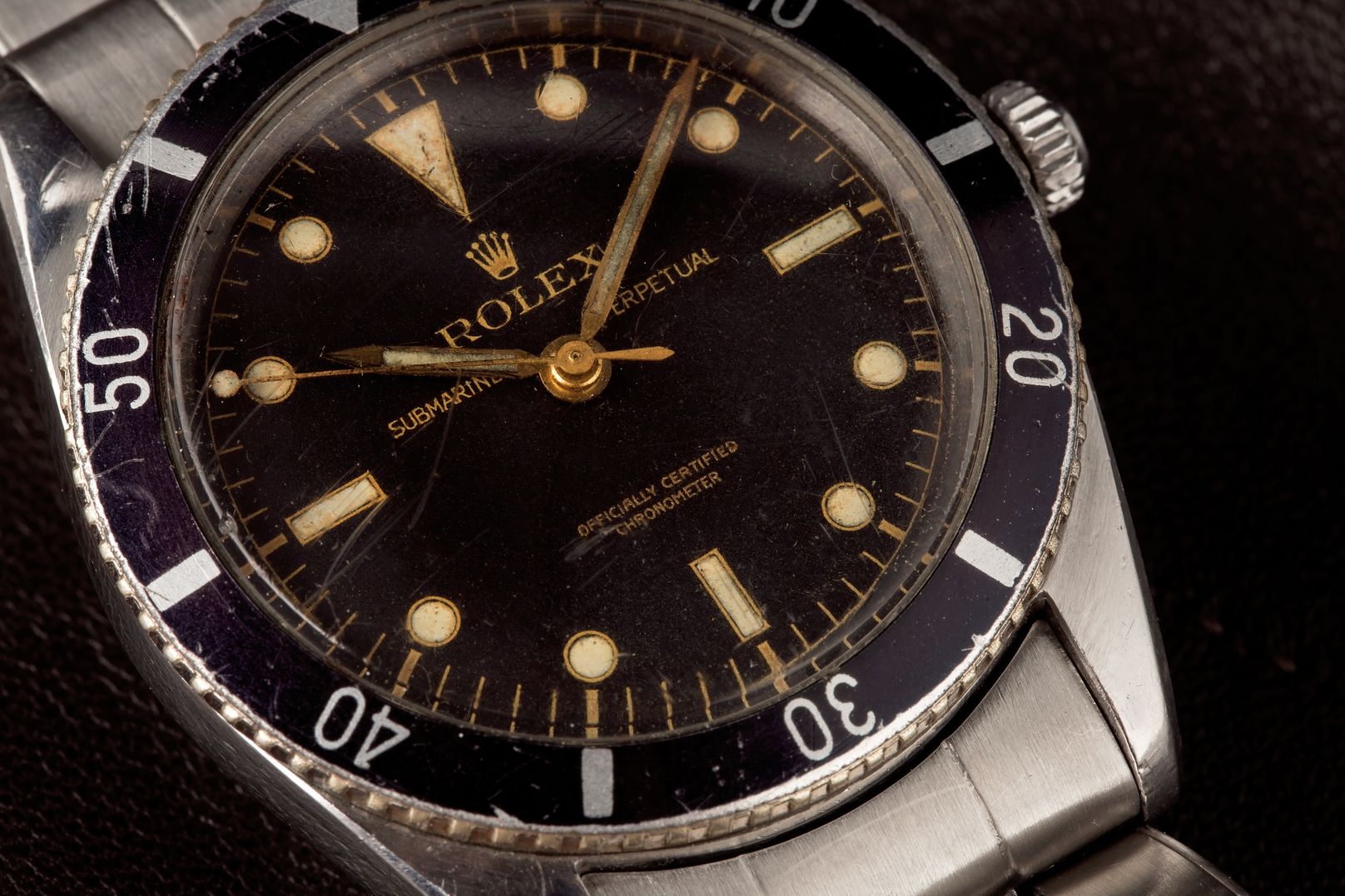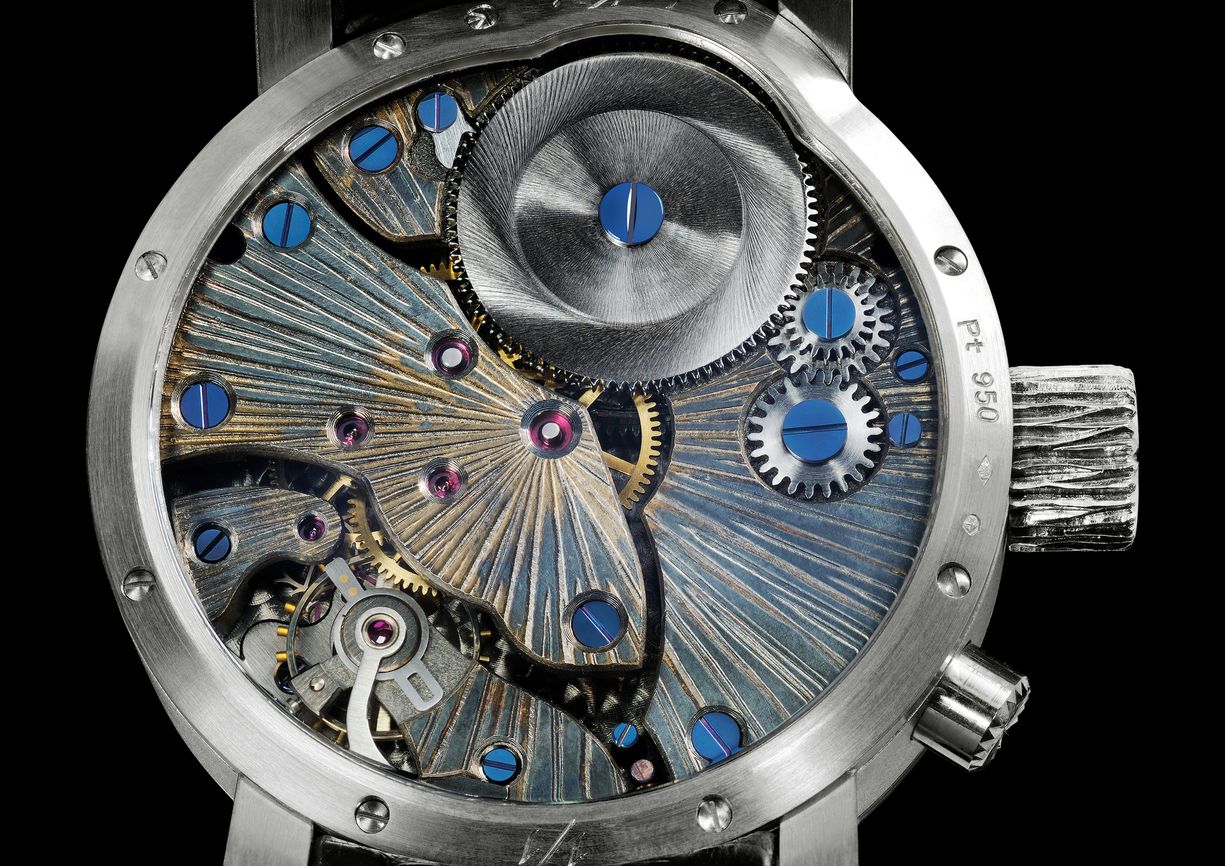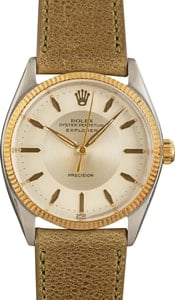There are few watch complications that bring out so many goose bumps among true aficionados than a beautifully constructed perpetual calendar. One of the most technologically demanding tests of the watchmaker’s art, they represent horology at its most intricate and complex. The time, skill and effort, not to mention the expense, required to build them makes them comparatively rare, and generally aimed at the very highest of the high end of the market. If you have always wondered what a perpetual calendar is, and how it differs from the other types of calendar watch, we’ll take a more detailed look below.
What is a Perpetual Calendar?
A timepiece that also tells you the date is, of course, nothing new. However, the simplest form of calendar watch has to be manually adjusted five times a year because of the varying lengths of the months in the Gregorian calendar, the most widely used in the world. So, at the end of every month with fewer than 31 days, you the wearer will be called on to advance the date by hand to keep it correct.
A more sophisticated type of complication is known as the annual calendar, which compensates for the discrepancies automatically. But this type still has to be physically corrected once a year, on March 1st, because of February’s 28 or 29 days (blame Pope Gregory XIII if you must).
Where the perpetual calendar earns its reputation, and its usually sky-high price tag, is in its ability to adjust to not only the length of each of the various months, but also to the cycle of leap years.
How Does it Work?
To accomplish this admittedly extremely impressive feat can involve a mechanism with anywhere from 100 to 200 additional components and the expertise of highly skilled artisans working over the course of many months. Perpetual calendar movements rely on a form of mechanical memory based around the span of 1,461 days, or four years.
In a way, it is easier to think of the complication as like the very first examples of a computer, using a date wheel with different shaped notches to correspond with months of 30, 31, 28 or 29 days, all synchronized with a perpetual lever. In most examples, troublesome February gets its own smaller wheel, underneath the main one.
‘Programmed’ to assume all months are 31 days long, on those with fewer, the mechanism skips over the rest of the dates and resets back to the 1st of the following month.
It all means that, as long as the watch is kept running, it never has to be altered. Or, almost never. One of the other idiosyncrasies of the Gregorian calendar rules that years that end in 00 must be divisible by 400 to be a leap year. Most perpetual calendars don’t take that into account, so you will have to manually adjust your watch on the 1st March in the year 2100. So make a note in your diary.
The History of The Perpetual Calendar
It is generally accepted that English horologist Thomas Mudge created the first perpetual calendar movement in 1762, used in a pocket watch that now sits in the British Museum in London.
The debate over who initially put the mechanism inside a wristwatch comes down to a two-horse race between legendary Swiss maison Breguet and masters of the astonishing complication, Patek Philippe.
Patek actually filed a patent for a perpetual calendar in 1889, and manufactured their first wristwatch with the function in 1925, using a movement taken from a ladies pendant watch.
Breguet made the first example purpose-built for wristwatches a few years later in 1929 with the Breguet no. 4244, so who really won the battle has long been open to interpretation.
However, it was Audemars Piguet who debuted the leap year indication in 1955, perhaps the original modern take on the perpetual calendar.
The Perpetual Calendar Today
Perpetual calendar watches remain as popular, and as reassuringly expensive, today as ever. Celebrated names in haute horology continue to perfect the technology and produce some incredible pieces of overwhelming complexity. We’ve chosen to highlight three of our favorites.
The Patek Philippe 5327
All told, Patek have more than two dozen perpetual calendar models in their contemporary Grand Complication line, any one of which would qualify as a work of art. The 5327 range, available in a choice of yellow, white or rose gold, is among the most elegantly simple and powered by a newly developed movement, the Caliber 240 Q.
The ultra-thin, self-winding mechanism crams in a moonphase and 24-hour indicator alongside the calendar, with leap year indicator, all housed in a timeless 39mm Calatrava case. Yellow and rose gold versions are topped with ivory lacquered dials, while the white gold piece is completed with a blue sunburst face, all with recessed Breguet style numerals. You also have the choice of an interchangeable solid gold or sapphire display case back. Expect a bill for around $88,000 if you want one.
Audemars Piguet Royal Oak Perpetual Calendar
When Gerald Genta’s iconic design and Audemars Piguet’s craftsmanship who, along with Patek, are considered the masters of the perpetual calendar complication, are brought together, the result is going to be spectacular. There are a slew of variations to choose from, with the RD#2, the world’s thinnest self-winding perpetual calendar, and last year’s handcrafted black ceramic models being particular standouts.
2018 brought us a stunning pink on pink example, with rose gold case, bracelet and dial, finished with four contrasting rich blue sub dials. The caliber 5134 runs the show inside the 41mm body, driving not only the day, date, month and leap year functions but also a week counter, with a central hand pointing out the number on a rehaut-engraved scale. One of the most distinctive looking watches ever made, the newest addition to the family costs around $105,000.
MB&F Legacy Machine Perpetual
The most complicated piece even in MB&F’s collection, the Legacy Machine Perpetual (or LM Perpetual for short) is almost bordering on conventional by the standards of the Swiss collective of watch ‘sculptors’. Developed in conjunction with Northern Irish independent watchmaker Stephen McDonnell in 2015, the brand’s first ever perpetual calendar went on to win the Calendar Prize at the Grand Prix d’Horlogerie de Genève the following year.
Renowned for their highly unorthodox three-dimensional, belt-driven creations, the LM Perpetual takes a step back and sits in more steampunk territory. The skeletonized dial shows every one of the caliber’s 581 components at work, with four floating sub dials on top displaying the information. Aesthetically and technically it is an exceptional achievement and the first four editions—two in white gold, along with one each in red gold and platinum—were joined this year by a lightweight titanium version, with a bottle green background, limited to just 50 pieces. The manually winding, 44mm piece, complete with retrograde leap year and power reserve indicator, is yours for around $148,000.
